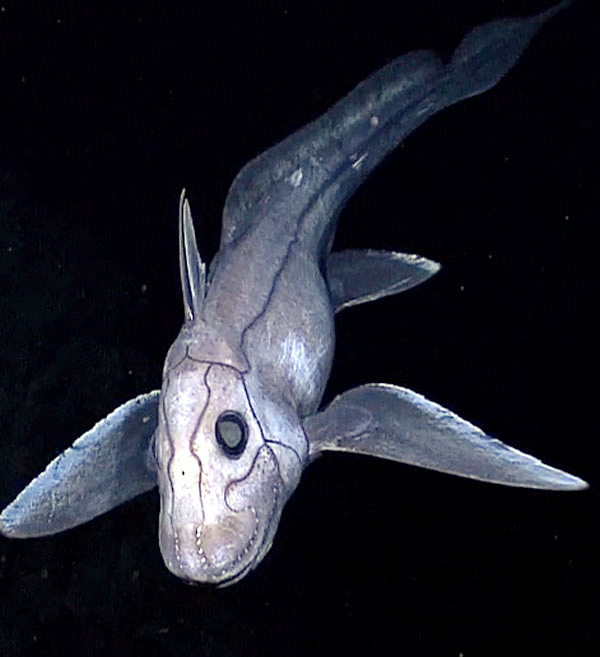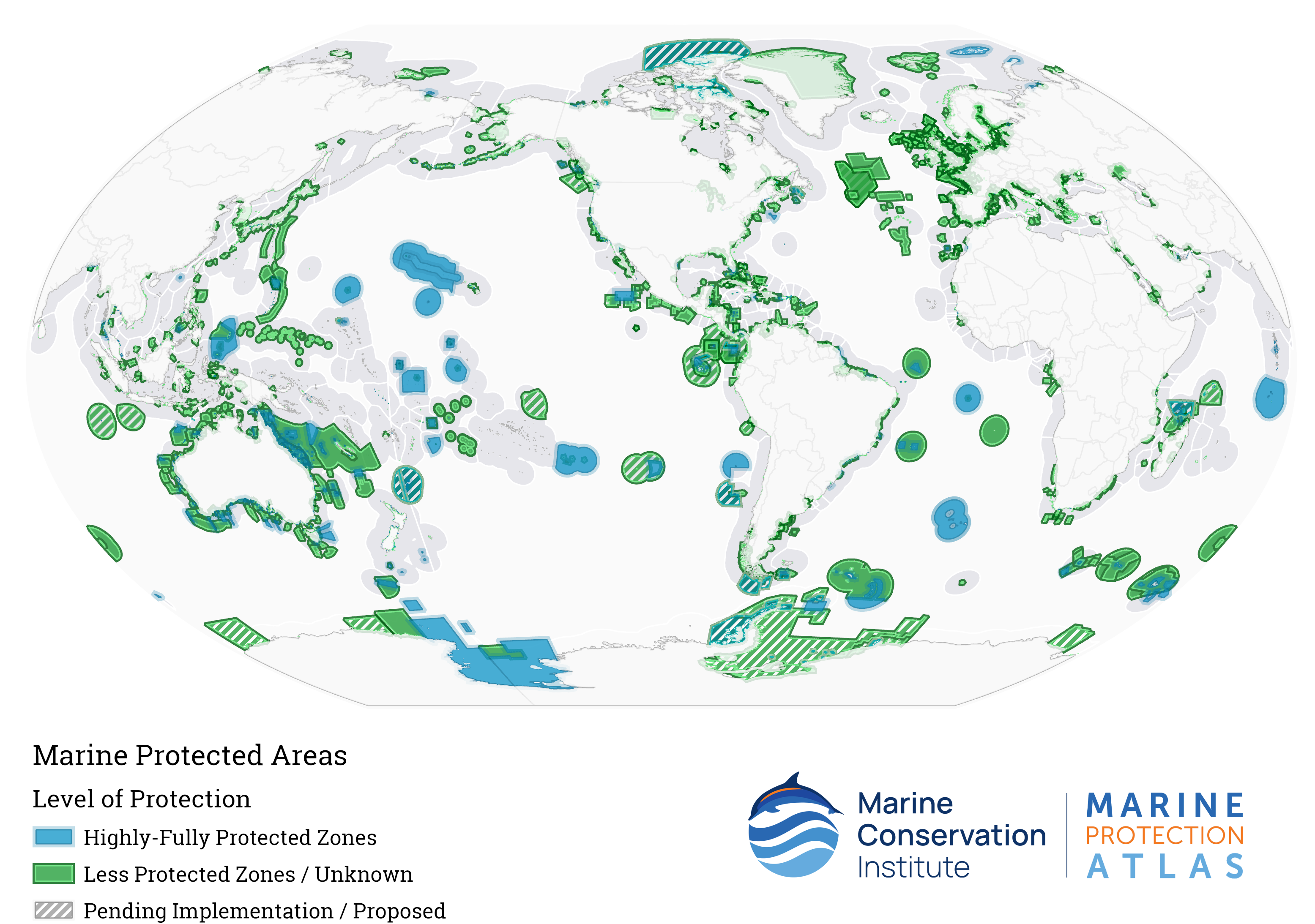|
Important Shark And Ray Areas
Important Shark and Ray Areas (ISRA) are discrete three-dimensional portions of habitat that are important for one or more species of Chondrichthyes, chondrichthyans (sharks, rays and chimaeras) and have the potential to be managed for conservation. This project is led by the Shark Specialist Group of the International Union for Conservation of Nature (IUCN) IUCN Species Survival Commission, Species Survival Commission. The identification of ISRA is a purely biocentric, fact-based process founded on the application of scientific criteria supported by the best available scientific evidence. This makes the ISRA identification process completely independent of political pressures. The main objective of ISRA is to attract the attention of politicians and decision-makers to the need to maintain a favourable conservation status of sharks in those specific areas, through the implementation of appropriate management measures, which could include the designation of a marine protected ar ... [...More Info...] [...Related Items...] OR: [Wikipedia] [Google] [Baidu] |
Chondrichthyes
Chondrichthyes (; ) is a class of jawed fish that contains the cartilaginous fish or chondrichthyans, which all have skeletons primarily composed of cartilage. They can be contrasted with the Osteichthyes or ''bony fish'', which have skeletons primarily composed of bone tissue. Chondrichthyes are aquatic vertebrates with paired fins, paired nares, placoid scales, conus arteriosus in the heart, and a lack of opercula and swim bladders. Within the infraphylum Gnathostomata, cartilaginous fishes are distinct from all other jawed vertebrates. The class is divided into two subclasses: Elasmobranchii (sharks, rays, skates and sawfish) and Holocephali ( chimaeras, sometimes called ghost sharks, which are sometimes separated into their own class). Extant chondrichthyans range in size from the finless sleeper ray to the over whale shark. Anatomy Skeleton The skeleton is cartilaginous. The notochord is gradually replaced by a vertebral column during development, e ... [...More Info...] [...Related Items...] OR: [Wikipedia] [Google] [Baidu] |
Chimaera
Chimaeras are Chondrichthyes, cartilaginous fish in the order (biology), order Chimaeriformes (), known informally as ghost sharks, rat fish (not to be confused with rattails), spookfish, or rabbit fish; the last two names are also applied to Barreleye, Opisthoproctidae and Rabbitfish, Siganidae, respectively. At one time a "diverse and abundant" group (based on the fossil record), their closest living relatives are sharks and ray (fish), rays, though their last common ancestor with them lived nearly 400 million years ago. Living species (aside from plough-nose chimaeras) are largely confined to deep water. Anatomy Chimaeras are soft-bodied, shark-like fish with bulky heads and long, tapered tails; measured from the tail, they can grow up to in length. Like other members of the class Chondrichthyes, chimaera skeletons are entirely cartilaginous, or composed of cartilage. Males use forehead denticles to grasp a female by a fin during copulation. The Branchial arch, gill arche ... [...More Info...] [...Related Items...] OR: [Wikipedia] [Google] [Baidu] |
International Union For Conservation Of Nature
The International Union for Conservation of Nature (IUCN) is an international organization working in the field of nature conservation and sustainable use of natural resources. Founded in 1948, IUCN has become the global authority on the status of the natural world and the measures needed to safeguard it. It is involved in data gathering and analysis, research, field projects, advocacy, and education. IUCN's mission is to "influence, encourage and assist societies throughout the world to conserve nature and to ensure that any use of natural resources is equitable and ecologically sustainable". Over the past decades, IUCN has widened its focus beyond conservation ecology and now incorporates issues related to sustainable development in its projects. IUCN does not itself aim to mobilize the public in support of nature conservation. It tries to influence the actions of governments, business and other stakeholders by providing information and advice and through building partners ... [...More Info...] [...Related Items...] OR: [Wikipedia] [Google] [Baidu] |
IUCN Species Survival Commission
The IUCN Species Survival Commission (IUCN SSC) is one of the six commissions of the International Union for Conservation of Nature (IUCN). The Species Survival Commission, the largest of the IUCN's six commissions, is a science-driven network consisting of 9,000 volunteer experts working in more than 160 Specialist Groups, including 17 invertebrate groups, Red List Authorities, and Task Forces. The IUCN Species Strategic Plan outlines conservation priorities, with the current plan covering the period from 2021 to 2025. Since 2016, Jon Paul Rodríguez is the chair of the commission. Specialist Groups SSC Specialist Groups are primarily taxon-specific volunteer organizations made up mostly of research biologists and natural historians. Some groups focus on conservation issues specific to certain plants, animals, and fungi, while others work on broader goals like species reintroduction into former habitats, addressing climate change, wildlife health, and promoting sustainable us ... [...More Info...] [...Related Items...] OR: [Wikipedia] [Google] [Baidu] |
Scientific Evidence
Scientific evidence is evidence that serves to either support or counter a scientific theory or hypothesis, although scientists also use evidence in other ways, such as when applying theories to practical problems. "Discussions about empirical evidence have tended to focus on epistemological questions regarding its role in theory testing ... even though empirical evidence also plays important and philosophically interesting roles in other areas including scientific discovery, the development of experimental tools and techniques, and the application of scientific theories to practical problems." Such evidence is expected to be empirical evidence and interpretable in accordance with the scientific method. Standards for scientific evidence vary according to the field of inquiry, but the strength of scientific evidence is generally based on the results of Statistics, statistical analysis and the strength of scientific controls. Principles of inference A person's assumptions or ... [...More Info...] [...Related Items...] OR: [Wikipedia] [Google] [Baidu] |
Marine Protected Area
A marine protected area (MPA) is a protected area of the world's seas, oceans, estuaries or in the US, the Great Lakes. These marine areas can come in many forms ranging from wildlife refuges to research facilities. MPAs restrict human activity for a conservation purpose, typically to protect natural or cultural resources. Such marine resources are protected by local, state, territorial, native, regional, national, or international authorities and differ substantially among and between nations. This variation includes different limitations on development, fishing practices, fishing seasons and catch limits, moorings and bans on removing or disrupting marine life. MPAs can provide economic benefits by supporting the fishing industry through the revival of fish stocks, as well as job creation and other market benefits via ecotourism. The value of MPA to mobile species is unknown. There are a number of global examples of large marine conservation areas. The Papahānaumokuākea Mar ... [...More Info...] [...Related Items...] OR: [Wikipedia] [Google] [Baidu] |
Shark Conservation Fund
Sharks are a group of elasmobranch cartilaginous fish characterized by a ribless endoskeleton, dermal denticles, five to seven gill slits on each side, and pectoral fins that are not fused to the head. Modern sharks are classified within the division Selachii and are the sister group to the Batomorphi (rays and skates). Some sources extend the term "shark" as an informal category including extinct members of Chondrichthyes (cartilaginous fish) with a shark-like morphology, such as hybodonts. Shark-like chondrichthyans such as ''Cladoselache'' and ''Doliodus'' first appeared in the Devonian Period (419–359 million years), though some fossilized chondrichthyan-like scales are as old as the Late Ordovician (458–444 million years ago). The earliest confirmed modern sharks (Selachii) are known from the Early Jurassic around , with the oldest known member being '' Agaleus'', though records of true sharks may extend back as far as the Permian. Sharks range in size from the smal ... [...More Info...] [...Related Items...] OR: [Wikipedia] [Google] [Baidu] |





